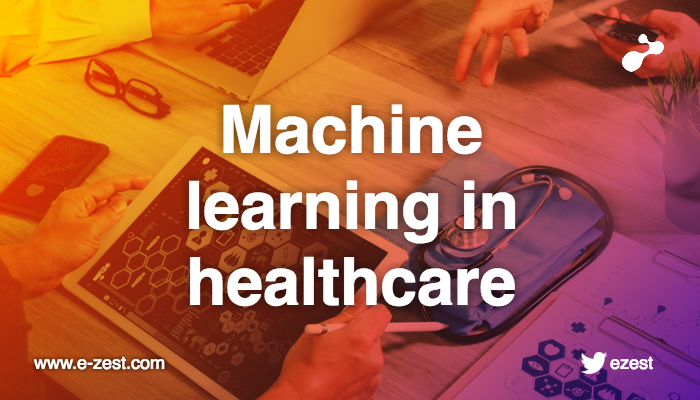
Machine learning
Machine learning is the area of computing which combines the data mining and statistics to constantly improve the software performance using past experiences. This implies that a machine is programming itself recursively to yield more accurate output each time when it goes through a new experience.
Tom Mitchell, an American computer scientist and university professor at the Carnegie Mellon University defined Machine learning as “A computer program is said to learn from experience ‘E’ with respect to some class of tasks ‘T’ and performance measure ‘P’ if it’s performance in tasks ‘T’ as measured by ‘P’, improves with experience ‘E’.”
In Machine learning, programmers do not give instructions to the computer, instead, make it understand how to generate instructions for different use cases. For example, while training a computer for what is an elephant we don’t describe characteristics of elephant to it. Instead, we provide it with hundreds of elephants in the form of image or video, that too in different modes such as sitting, standing and eating. This process helps the computer learn by itself what an elephant is and what its characteristics are. At the beginning there can be challenges such as considering giraffe as an elephant but with more time and experience it will easily differentiate between an elephant and others.
Furthermore, supervision is also essential in Machine learning to understand the short-term impact. However, the long-term impact depends on whether we can supervise it or not. Once an incident occurred when a photo recognition engine started tagging images of black people as gorillas. To overcome the situation, the software owners decided to avoid tagging anything as gorilla.
Thus in Machine learning, the program will lead to output and the output will lead to reprogramming. Hence, it is essential to supervise the process of Machine learning.
Considering all this, one simple solution is that whenever a program is modified based on a particular behavior or a use-case, a review can be triggered in order to verify if the revised program is working properly. First the program should enter in a simulation mode with various test scenarios and it should be approved only if it passes the required test scenarios.
Machine learning in Healthcare
Machine learning needs massive amount data because its whole concept is dependent on experience which is derived out of data.
In order to efficiently use machine learning in healthcare, we need to figure out ways for effectively collecting and using different types of data for better analysis, prevention, and treatment of patients.
Healthcare sector holds huge amount of data which is extremely simple to collect with new EHR systems. Nowadays data is also collected from satellites, historical information on the web, real-time social media updates, and other sources.
Major problems from multiple domains in healthcare can be solved by constantly deriving the relationship between these huge data sets to create meaningful results.
Machine learning for example, is used to predict malaria outbreaks, by considering data like temperature, average monthly rainfall, number of positive cases, and other data points. There are also few internet-based reporting program for monitoring diseases and providing real-time outbreak reports.
Check how can we apply Machine learning in Healthcare
- Medication behavior pattern identification in patients and identifying appropriate actions to be taken based on these patterns.
- Categorization of patients based on preferred physician characteristics.
- Inbuilt search engine having auto complete feature for medical terms searched in the past.
- Not one size fits all. Categorization of patients based on the preferences, medication habit, severity of illness, visits.
- Social network bonds suggestion based on behavioral traits and location of patients.
- Categorization of patients on various improvement stages (Based on yes- no questions asked frequently related to patients’ present state of health)
- Decision making by physician to provide quality care to patients.
- Helping clinicians to figure out association between various chronic diseases and use these associations to warn the patients for associated illness, and suggest necessary precautionary measures.
- Warning for medication side effects affecting a particular category of patients (Categorized on the basis of severity of illness, type, stage of illness, food habits, environment, genetics etc.)
- Categorizing patient queries.
Machine learning provides answers to the very crucial questions such as
- What are the chances of a particular category of patient developing a particular disease or infection?
- What are the chances of readmitting the patient in next 3 months?
- How much it will cost to a patient for the complete treatment of a particular illness?
Leveraging machine learning in healthcare helps in improving diagnostics, predicting outcomes, and providing a more personalized care to the patients.
